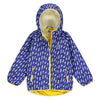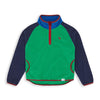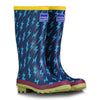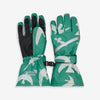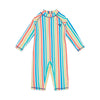
KS2 Maths - Natural Angles
Learning Objective: Angles
Know angles are measured in degrees
Estimate and compare acute, obtuse and reflex angles Draw given angles, and measure them in degrees
Resources
Sticks, approx. around 15-30cm in length
Protractors
Tablet with protractor app (iPad with Carpenter app works well)
Cameras Paper and pencil
Introduction
Gather together on the playground. Revise knowledge of what an obtuse or acute or reflex angle is. Ask the children to demonstrate angles with their bodies if they can. Tip – acute angles look vey much like crocodile jaws!) Separate the children in to groups and ask them to draw different examples of the angles, using the protractors on the playground, checking knowledge and supporting where necessary.
Activity
Ask the children in their groups to explore the school grounds, with each group having a camera if possible. Challenge them to look for examples of angles in the grounds, to photograph them and estimate them in degrees, recording their estimations on their paper. Top tip – trees and branches are full of angles! Ask the children to make at least two examples of the types of angles with the sticks, taking photographs once they are done. Request that they measure the angles with the protractors and record them on the paper. Regroup as a class and then revisit the angles found and measure the angles found, using the app, and compare the angles together. Look at the examples the children have made and ask them to explain the angles they have created to the rest of the class.
Extension
Look together at the photographs taken in the session, and compile them together. As a class – observe the angles found in the branches - find out if the branches in a tree all have approximately the same angle or whether there is substantial variation.


